| [1] |
YANG JD, HAINAUT P, GORES GJ, et al. A global view of hepatocellular carcinoma: Trends, risk, prevention and management[J]. Nat Rev Gastroenterol Hepatol, 2019, 16(10): 589-604. DOI: 10.1038/s41575-019-0186-y |
| [2] |
CRAIG AJ, von FELDEN J, GARCIA-LEZANA T, et al. Tumour evolution in hepatocellular carcinoma[J]. Nat Rev Gastroenterol Hepatol, 2020, 17(3): 139-152. DOI: 10.1038/s41575-019-0229-4 |
| [3] |
YANG F, HUANG X, YI T, et al. Spontaneous development of liver tumors in the absence of the bile acid receptor farnesoid X receptor[J]. Cancer Res, 2007, 67(3): 863-867. DOI: 10.1158/0008-5472.CAN-06-1078 |
| [4] |
JIA W, XIE G, JIA W. Bile acid-microbiota crosstalk in gastrointestinal inflammation and carcinogenesis[J]. Nat Rev Gastroenterol Hepatol, 2018, 15(2): 111-128. DOI: 10.1038/nrgastro.2017.119 |
| [5] |
DAPITO DH, MENCIN A, GWAK GY, et al. Promotion of hepatocellular carcinoma by the intestinal microbiota and TLR4[J]. Cancer Cell, 2012, 21(4): 504-516. DOI: 10.1016/j.ccr.2012.02.007 |
| [6] |
GAO L, LV G, LI R, et al. Glycochenodeoxycholate promotes hepatocellular carcinoma invasion and migration by AMPK/mTOR dependent autophagy activation[J]. Cancer Lett, 2019, 454: 215-223. DOI: 10.1016/j.canlet.2019.04.009 |
| [7] |
XIE G, WANG X, HUANG F, et al. Dysregulated hepatic bile acids collaboratively promote liver carcinogenesis[J]. Int J Cancer, 2016, 139(8): 1764-1775. DOI: 10.1002/ijc.30219 |
| [8] |
ALLEN K, JAESCHKE H, COPPLE BL. Bile acids induce inflammatory genes in hepatocytes: A novel mechanism of inflammation during obstructive cholestasis[J]. Am J Pathol, 2011, 178(1): 175-186. DOI: 10.1016/j.ajpath.2010.11.026 |
| [9] |
FANG Y, HAN SI, MITCHELL C, et al. Bile acids induce mitochondrial ROS, which promote activation of receptor tyrosine kinases and signaling pathways in rat hepatocytes[J]. Hepatology, 2004, 40(4): 961-971. DOI: 10.1002/hep.1840400427 |
| [10] |
BEUERS U, BILZER M, CHITTATTU A, et al. Tauroursodeoxycholic acid inserts the apical conjugate export pump, Mrp2, into canalicular membranes and stimulates organic anion secretion by protein kinase C-dependent mechanisms in cholestatic rat liver[J]. Hepatology, 2001, 33(5): 1206-1216. DOI: 10.1053/jhep.2001.24034 |
| [11] |
HAN J, QIN WX, LI ZL, et al. Tissue and serum metabolite profiling reveals potential biomarkers of human hepatocellular carcinoma[J]. Clin Chim Acta, 2019, 488: 68-75. DOI: 10.1016/j.cca.2018.10.039 |
| [12] |
LUO P, YIN P, HUA R, et al. A Large-scale, multicenter serum metabolite biomarker identification study for the early detection of hepatocellular carcinoma[J]. Hepatology, 2018, 67(2): 662-675. DOI: 10.1002/hep.29561 |
| [13] |
XIAO JF, VARGHESE RS, ZHOU B, et al. LC-MS based serum metabolomics for identification of hepatocellular carcinoma biomarkers in Egyptian cohort[J]. J Proteome Res, 2012, 11(12): 5914-5923. DOI: 10.1021/pr300673x |
| [14] |
CHEN T, XIE G, WANG X, et al. Serum and urine metabolite profiling reveals potential biomarkers of human hepatocellular carcinoma[J]. Mol Cell Proteomics, 2011, 10(7): M110.004945. DOI: 10.1074/mcp.M110.004945 |
| [15] |
FOLEY MH, O'FLAHERTY S, BARRANGOU R, et al. Bile salt hydrolases: Gatekeepers of bile acid metabolism and host-microbiome crosstalk in the gastrointestinal tract[J]. PLoS Pathog, 2019, 15(3): e1007581. DOI: 10.1371/journal.ppat.1007581 |
| [16] |
SYDOR S, BEST J, MESSERSCHMIDT I, et al. Altered microbiota diversity and bile acid signaling in cirrhotic and noncirrhotic NASH-HCC[J]. Clin Transl Gastroenterol, 2020, 11(3): e00131. DOI: 10.14309/ctg.0000000000000131 |
| [17] |
PONZIANI FR, BHOORI S, CASTELLI C, et al. Hepatocellular carcinoma is associated with gut microbiota profile and inflammation in nonalcoholic fatty liver disease[J]. Hepatology, 2019, 69(1): 107-120. DOI: 10.1002/hep.30036 |
| [18] |
PEREZ MJ, BRIZ O. Bile-acid-induced cell injury and protection[J]. World J Gastroenterol, 2009, 15(14): 1677-1689. DOI: 10.3748/wjg.15.1677 |
| [19] |
RIDLON JM, KANG DJ, HYLEMON PB. Bile salt biotransformations by human intestinal bacteria[J]. J Lipid Res, 2006, 47(2): 241-259. DOI: 10.1194/jlr.R500013-JLR200 |
| [20] |
YAMADA S, TAKASHINA Y, WATANABE M, et al. Bile acid metabolism regulated by the gut microbiota promotes non-alcoholic steatohepatitis-associated hepatocellular carcinoma in mice[J]. Oncotarget, 2018, 9(11): 9925-9939. DOI: 10.18632/oncotarget.24066 |
| [21] |
YOSHIMOTO S, LOO TM, ATARASHI K, et al. Obesity-induced gut microbial metabolite promotes liver cancer through senescence secretome[J]. Nature, 2013, 499(7456): 97-101. DOI: 10.1038/nature12347 |
| [22] |
MA C, HAN M, HEINRICH B, et al. Gut microbiome-mediated bile acid metabolism regulates liver cancer via NKT cells[J]. Science, 2018, 360(6391): eaan5931. DOI: 10.1126/science.aan5931 |
| [23] |
|
| [24] |
KUIPERS F, BLOKS VW, GROEN AK. Beyond intestinal soap—bile acids in metabolic control[J]. Nat Rev Endocrinol, 2014, 10(8): 488-498. DOI: 10.1038/nrendo.2014.60 |
| [25] |
WANG X, FU X, van NESS C, et al. Bile acid receptors and liver cancer[J]. Curr Pathobiol Rep, 2013, 1(1): 29-35. DOI: 10.1007/s40139-012-0003-6 |
| [26] |
SCHAAP FG, TRAUNER M, JANSEN PL. Bile acid receptors as targets for drug development[J]. Nat Rev Gastroenterol Hepatol, 2014, 11(1): 55-67. DOI: 10.1038/nrgastro.2013.151 |
| [27] |
KIM I, AHN SH, INAGAKI T, et al. Differential regulation of bile acid homeostasis by the farnesoid X receptor in liver and intestine[J]. J Lipid Res, 2007, 48(12): 2664-2672. DOI: 10.1194/jlr.M700330-JLR200 |
| [28] |
KIM I, MORIMURA K, SHAH Y, et al. Spontaneous hepatocarcinogenesis in farnesoid X receptor-null mice[J]. Carcinogenesis, 2007, 28(5): 940-946. DOI: 10.1093/carcin/bgl249 |
| [29] |
WANG YD, CHEN WD, WANG M, et al. Farnesoid X receptor antagonizes nuclear factor kappaB in hepatic inflammatory response[J]. Hepatology, 2008, 48(5): 1632-1643. DOI: 10.1002/hep.22519 |
| [30] |
GUO F, XU Z, ZHANG Y, et al. FXR induces SOCS3 and suppresses hepatocellular carcinoma[J]. Oncotarget, 2015, 6(33): 34606-34616. DOI: 10.18632/oncotarget.5314 |
| [31] |
PRASAD S, GUPTA SC, TYAGI AK. Reactive oxygen species (ROS) and cancer: Role of antioxidative nutraceuticals[J]. Cancer Lett, 2017, 387: 95-105. DOI: 10.1016/j.canlet.2016.03.042 |
| [32] |
NOMOTO M, MIYATA M, YIN S, et al. Bile acid-induced elevated oxidative stress in the absence of farnesoid X receptor[J]. Biol Pharm Bull, 2009, 32(2): 172-178. DOI: 10.1248/bpb.32.172 |
| [33] |
MENG Z, WANG Y, WANG L, et al. FXR regulates liver repair after CCl 4-induced toxic injury[J]. Mol Endocrinol, 2010, 24(5): 886-897. DOI: 10.1210/me.2009-0286 |
| [34] |
DEUSCHLE U, SCHVLER J, SCHULZ A, et al. FXR controls the tumor suppressor NDRG2 and FXR agonists reduce liver tumor growth and metastasis in an orthotopic mouse xenograft model[J]. PLoS One, 2012, 7(10): e43044. DOI: 10.1371/journal.pone.0043044 |
| [35] |
MARUYAMA T, MIYAMOTO Y, NAKAMURA T, et al. Identification of membrane-type receptor for bile acids (M-BAR)[J]. Biochem Biophys Res Commun, 2002, 298(5): 714-719. DOI: 10.1016/S0006-291X(02)02550-0 |
| [36] |
KEITEL V, HÄUSSINGER D. Perspective: TGR5 (Gpbar-1) in liver physiology and disease[J]. Clin Res Hepatol Gastroenterol, 2012, 36(5): 412-419. DOI: 10.1016/j.clinre.2012.03.008 |
| [37] |
POLS TW, NOMURA M, HARACH T, et al. TGR5 activation inhibits atherosclerosis by reducing macrophage inflammation and lipid loading[J]. Cell Metab, 2011, 14(6): 747-757. DOI: 10.1016/j.cmet.2011.11.006 |
| [38] |
CHEN WD, YU D, FORMAN BM, et al. Deficiency of G-protein-coupled bile acid receptor Gpbar1 (TGR5) enhances chemically induced liver carcinogenesis[J]. Hepatology, 2013, 57(2): 656-666. DOI: 10.1002/hep.26019 |
| [39] |
PÉAN N, DOIGNON I, GARCIN I, et al. The receptor TGR5 protects the liver from bile acid overload during liver regeneration in mice[J]. Hepatology, 2013, 58(4): 1451-1460. DOI: 10.1002/hep.26463 |
| [40] |
SHIN DJ, WANG L. Bile acid-activated receptors: A review on FXR and other nuclear receptors[J]. Handb Exp Pharmacol, 2019, 256: 51-72.
|
| [41] |
DONG B, LEE JS, PARK YY, et al. Activating CAR and β-catenin induces uncontrolled liver growth and tumorigenesis[J]. Nat Commun, 2015, 6: 5944. DOI: 10.1038/ncomms6944 |
| [42] |
WEBSTER CR, ANWER MS. Hydrophobic bile acid apoptosis is regulated by sphingosine-1-phosphate receptor 2 in rat hepatocytes and human hepatocellular carcinoma cells[J]. Am J Physiol Gastrointest Liver Physiol, 2016, 310(10): g865-g873. DOI: 10.1152/ajpgi.00253.2015 |
| [43] |
LIU R, ZHAO R, ZHOU X, et al. Conjugated bile acids promote cholangiocarcinoma cell invasive growth through activation of sphingosine 1-phosphate receptor 2[J]. Hepatology, 2014, 60(3): 908-918. DOI: 10.1002/hep.27085 |
| [44] |
WU M, ZHAI S, GAO J, et al. Diagnosis of hepatocellular carcinoma using a novel anti-glycocholic acid monoclonal antibody-based method[J]. Oncol Lett, 2019, 17(3): 3103-3112.
|







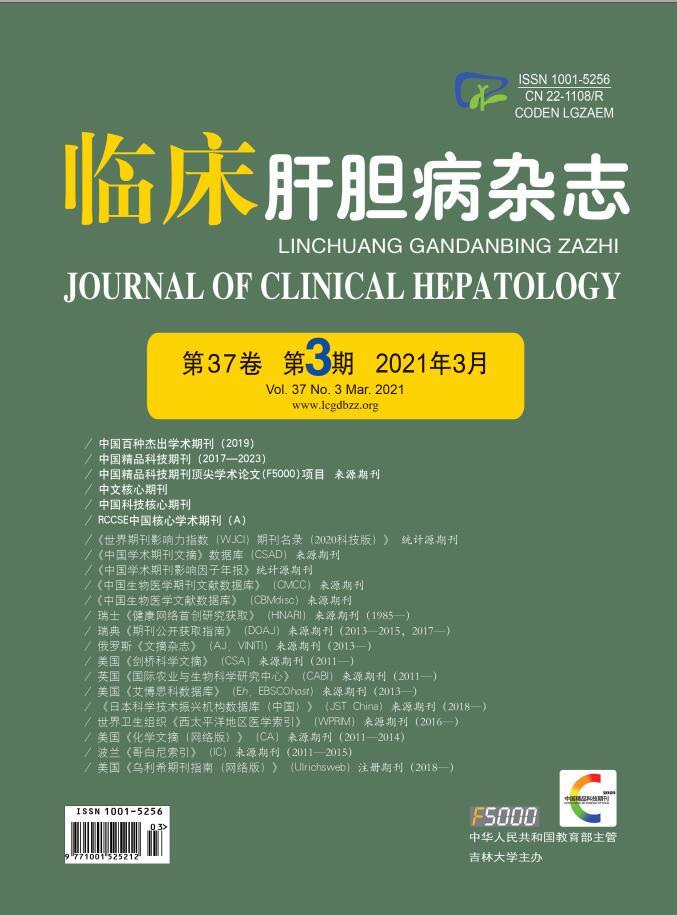
 下载:
下载:
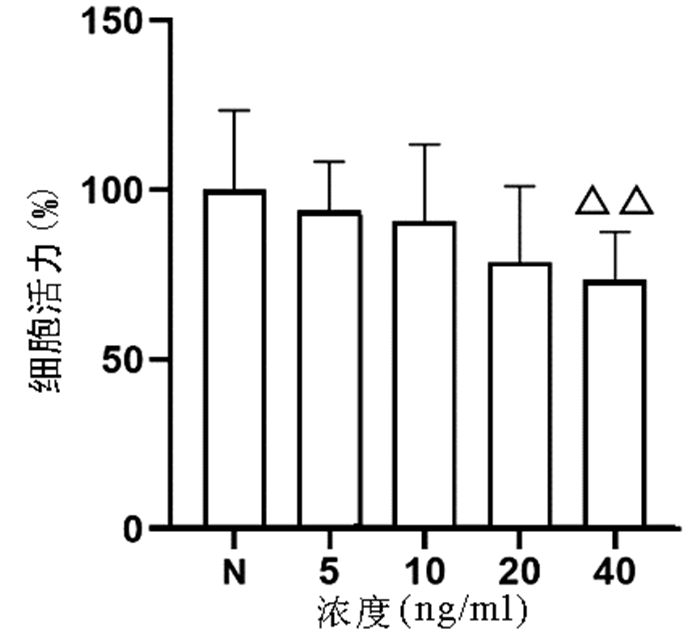
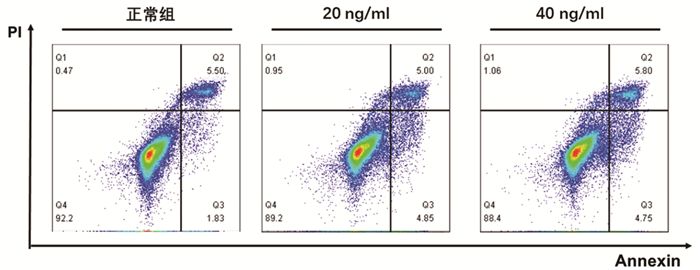
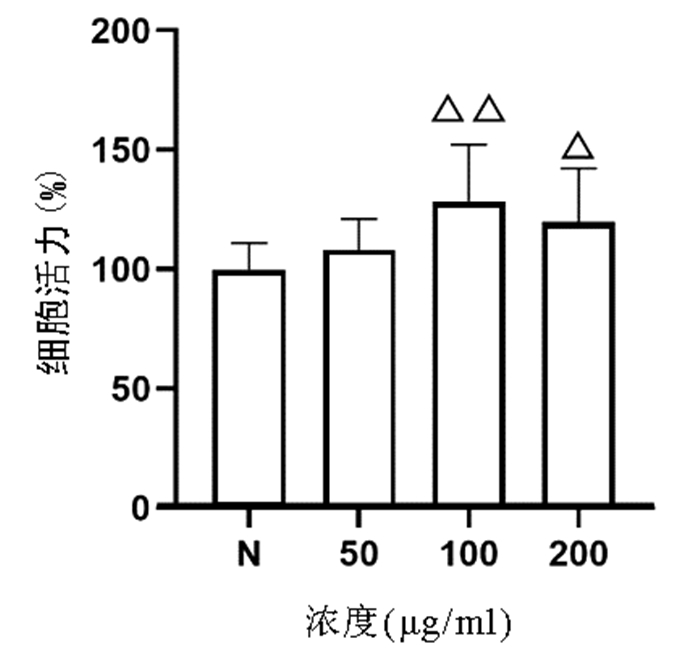
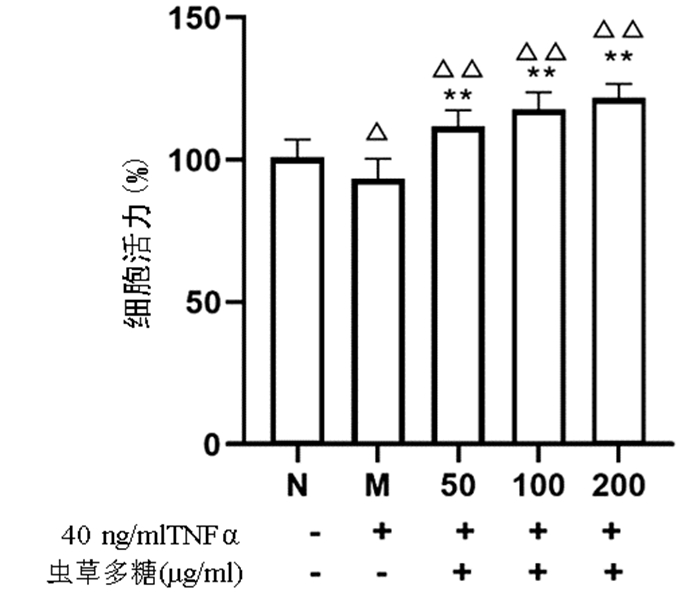








 DownLoad:
DownLoad: